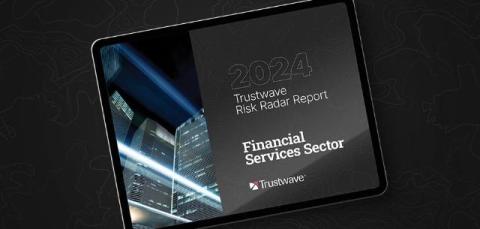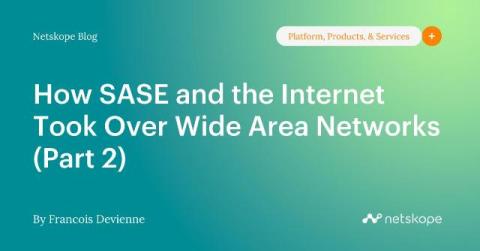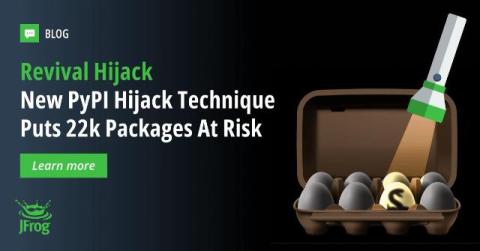How To Spot a Phishing Website
You can spot a phishing website by checking the URL, looking at the website’s content, reading reviews of the website and using a password manager that can verify the legitimacy of websites. Continue reading to learn what phishing websites are, how to identify them and how to avoid landing on them.











